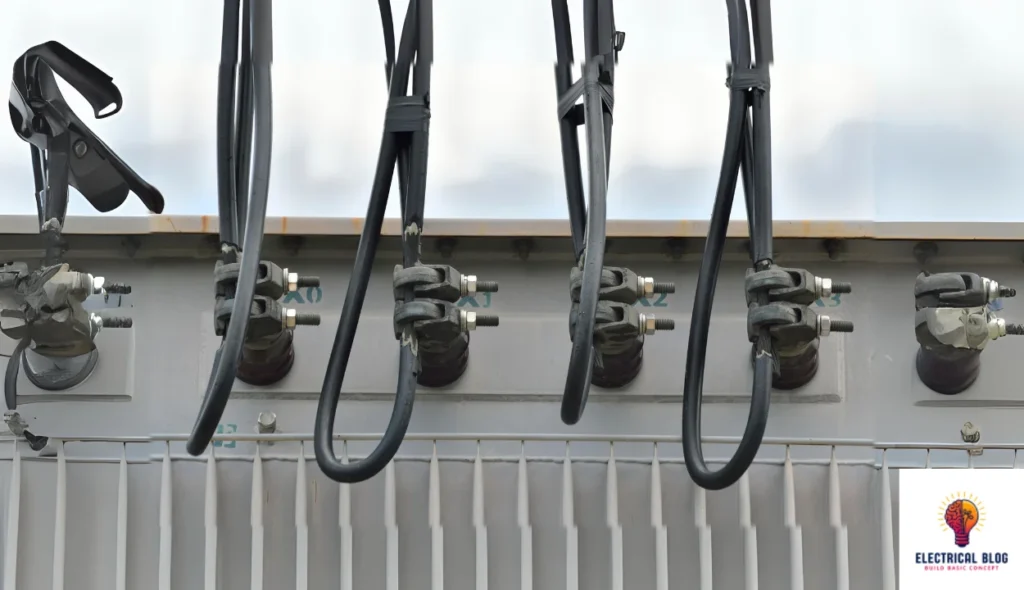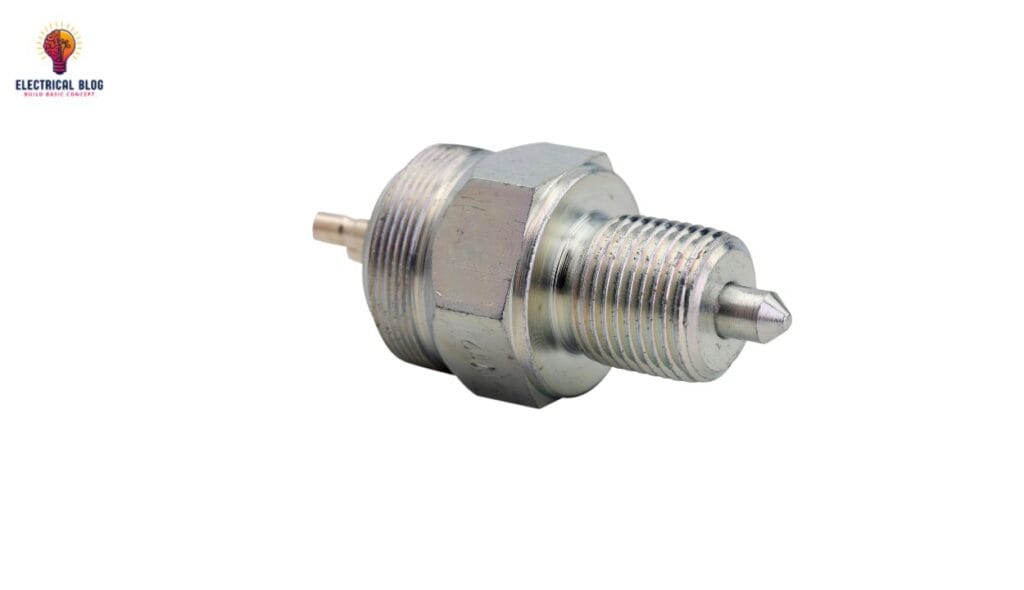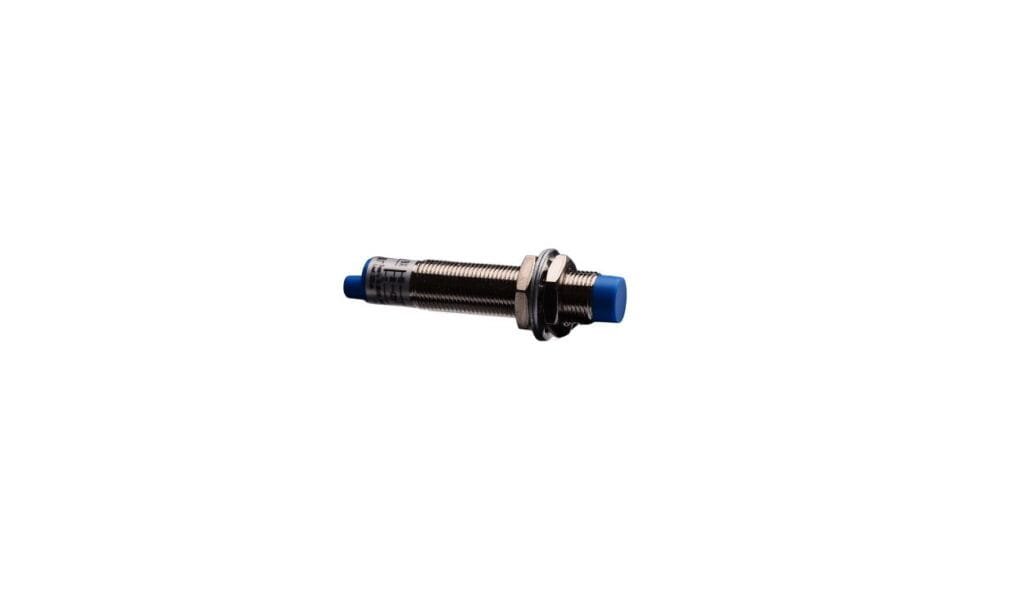Introduction
In power transmission, strong insulators are a must to prevent electricity from leaking into the ground. Among different types, the pin-type insulator is widely used because of its strength and ability to handle medium and high voltage. Made of porcelain, steatite, or glass, it is designed to withstand mechanical stress and extreme weather conditions. These insulators are placed on poles or towers, offering vital support to overhead lines.
For safe operation, a pin-type insulator must meet the requirements of high resistance, durability, and permittivity to handle varying electrical flow. They are applicable in both low and high voltage systems, ensuring proper insulation of current. Other types of insulator, like suspension, strain, shackle, and stay insulators, serve specific roles, but the pin type remains ideal for direct transmission support. If not insulated properly, faulty installation can be dangerous and compromise the reliability of power distribution.
What is a pin-type insulator?
In power distribution, the pin-type insulator plays a crucial role in supporting the conductor on transmission structures. It is mounted on the cross arm of a tower and holds the wire securely in position using binding techniques. The groove at the top helps keep the wire tied, ensuring a stable path for electricity flow. Made from porcelain, ceramic, or polymer, it offers strong insulation, preventing leakage and improving safety.
The insulator must withstand environmental challenges like moist and dirty conditions, as these impact its flashover performance. The total insulation strength is measured by arcing distances, both dry and wet, which are represented as (a+b+c) and (A+B+C). In high-voltage applications, multiple pieces are cemented together for better insulation thickness. Silicone rubber coatings are also used to enhance durability against harsh weather.
For better performance, the insulator should remain clean to prevent loss of efficiency. The weight of polymer insulators is compared to traditional porcelain ones, making them a lighter choice for modern setups. The wire used in connection must match the non-conducting material of the insulator to ensure safety. The system is designed to handle direct electrical loads while maintaining reliable insulation over long distances in straight and angled line configurations.
pin-type insulator diagram

properties of a pin-type insulator
Strong and sturdy design helps the pin insulator withstand harsh conditions like wind pressure and mechanical forces. Its mechanical strength ensures it stays intact on the pole, even under heavy load.
Excellent electrical resistance prevents voltage leakage, making it safe for high-power transmission. The ratio of puncture strength to flashover is carefully designed to avoid breakdowns.
The non-porous material prevents impurities from entering, ensuring long-lasting performance. It does not permit moisture or dirt, which could disrupt insulation quality.
Built to prevent failure, the high-quality construction minimizes damage and extends durability. Its ability to withstand extreme temperatures and electrical stress makes it reliable in all conditions.
Causes of Insulator Failure
A flashover happens when an arc forms between the conductor and the earth, passing through the air. This is often caused by wet and conductive conditions that reduce resistance. While a flashover does not leave the insulator damaged, it makes it useless for further use. On the other hand, a puncture occurs when the electrical discharge passes directly through the body, permanently weakening the material.
To prevent failure, insulators are designed with sufficient thickness and multiple layers called petticoats or sheds. These sheds help keep the inner surface dry during bad weather, reducing the risk of leakage. A longer path for current flow also improves protection against high-voltage surge conditions. Despite these improvements, insulators still face limitations when exposed to extreme surrounding factors.
The size, cost, and weight of a pin-type insulator put a limit on its use above 66kV. For high voltage applications, suspension insulators are a better choice due to their ability to handle increased stress. The construction of longer line insulations ensures better protection. However, constant maintenance is required to keep the surface clean and prevent long-term failure.
Advantages of pin-type insulator
The pin-type insulator is widely used in distribution systems because of its simple construction and easy installation process. It is a reliable choice for supporting overhead voltage lines.
It has high mechanical strength, making it durable in extreme weather conditions. This ensures it can withstand heavy loads without failure.
The creepage distance is good, reducing the risk of electrical discharge. This makes it safer for high-voltage applications.
The design requires less maintenance, saving time and effort compared to other insulators. It performs efficiently with minimal upkeep.
It can be installed vertically or horizontally, making it adaptable to different line configurations and improving flexibility in power transmission.
Disadvantages of pin-type insulator
The pin insulator has a limited voltage capacity and is only used in distribution networks. It is not suitable for very high-voltage transmission systems.
The rating of this insulator is restricted to 36kV, making it ineffective for large-scale power lines that require higher insulation strength.
Over time, the pin can cause wear and tear, leading to a damaged thread, which affects the durability and stability of the insulator.
A spindle is necessary for installation, adding an extra component that may require regular checks and maintenance to ensure safe operation along the line.
Applications of the pin-type insulator
The pin insulator is ideal for power transmission systems that operate at a rated voltage of up to 33kV. It provides strong insulation for overhead lines and prevents electrical leakage.
It is applicable in intermediate poles along a straight run, where it ensures stability and reduces the need for additional supports. This makes it a reliable choice for medium-voltage networks.
In certain cases, a pin insulator can take the place of a suspension insulator, reducing the need for using two separate insulators. This helps simplify installations and lower costs.
For voltage levels above 33kV, pin insulators become inefficient and uneconomical, making them unsuitable for high-power transmission applications that require more complex insulation solutions.
Conclusion
The pin-type insulator is a reliable component for power transmission and distribution systems, especially for voltages up to 33kV. It offers high mechanical strength, excellent electrical resistance, and a simple design that requires less maintenance. However, its limitations, such as flashover, puncture, and voltage restrictions, make it inefficient for higher voltage applications.
To prevent failure, insulators are designed with sufficient thickness, extended creepage distance, and protective petticoats or sheds to reduce leakage currents. Despite these measures, factors like wet weather, conducting layers, and surge conditions can impact performance. For voltages beyond 66kV, suspension insulators become the preferred choice due to their increased reliability and ability to handle high electrical stress.




